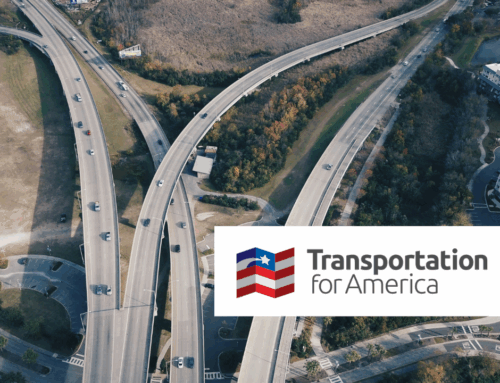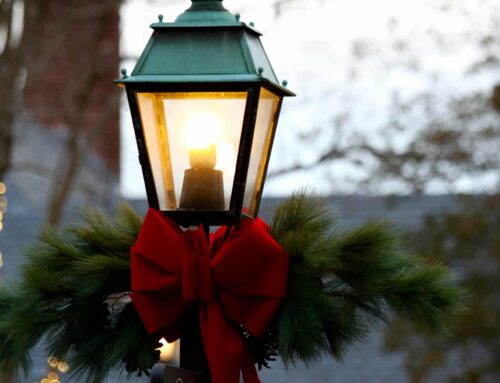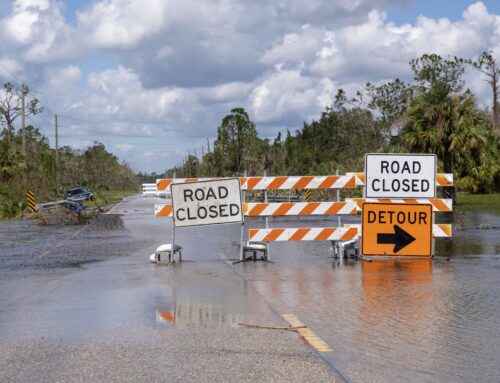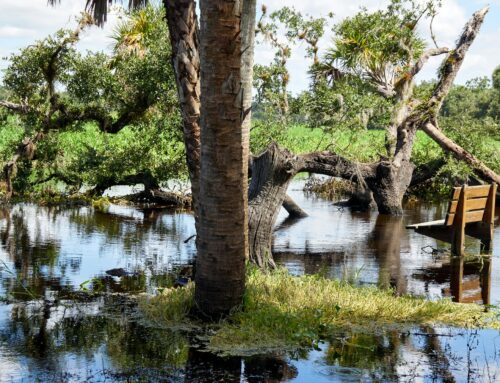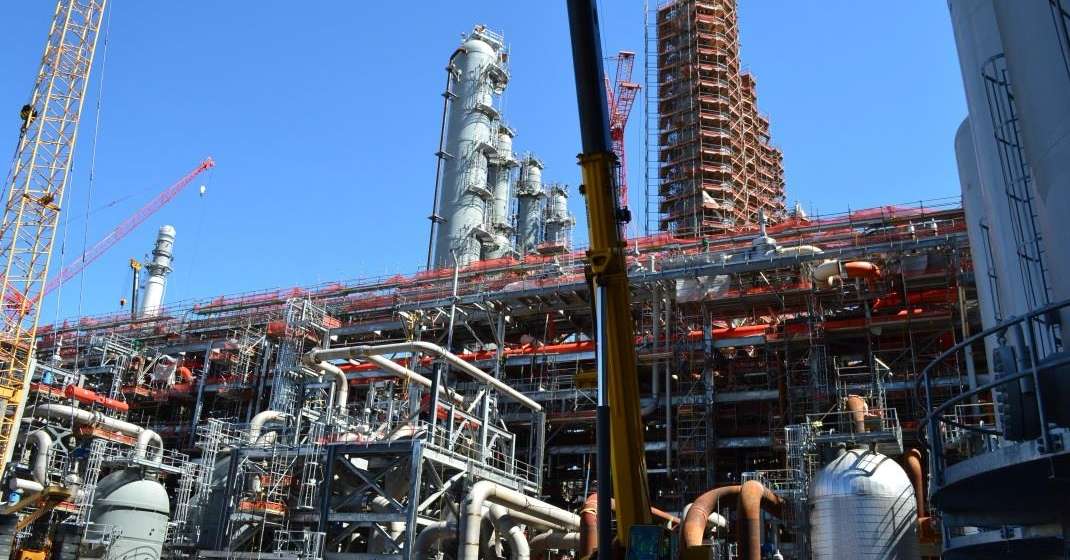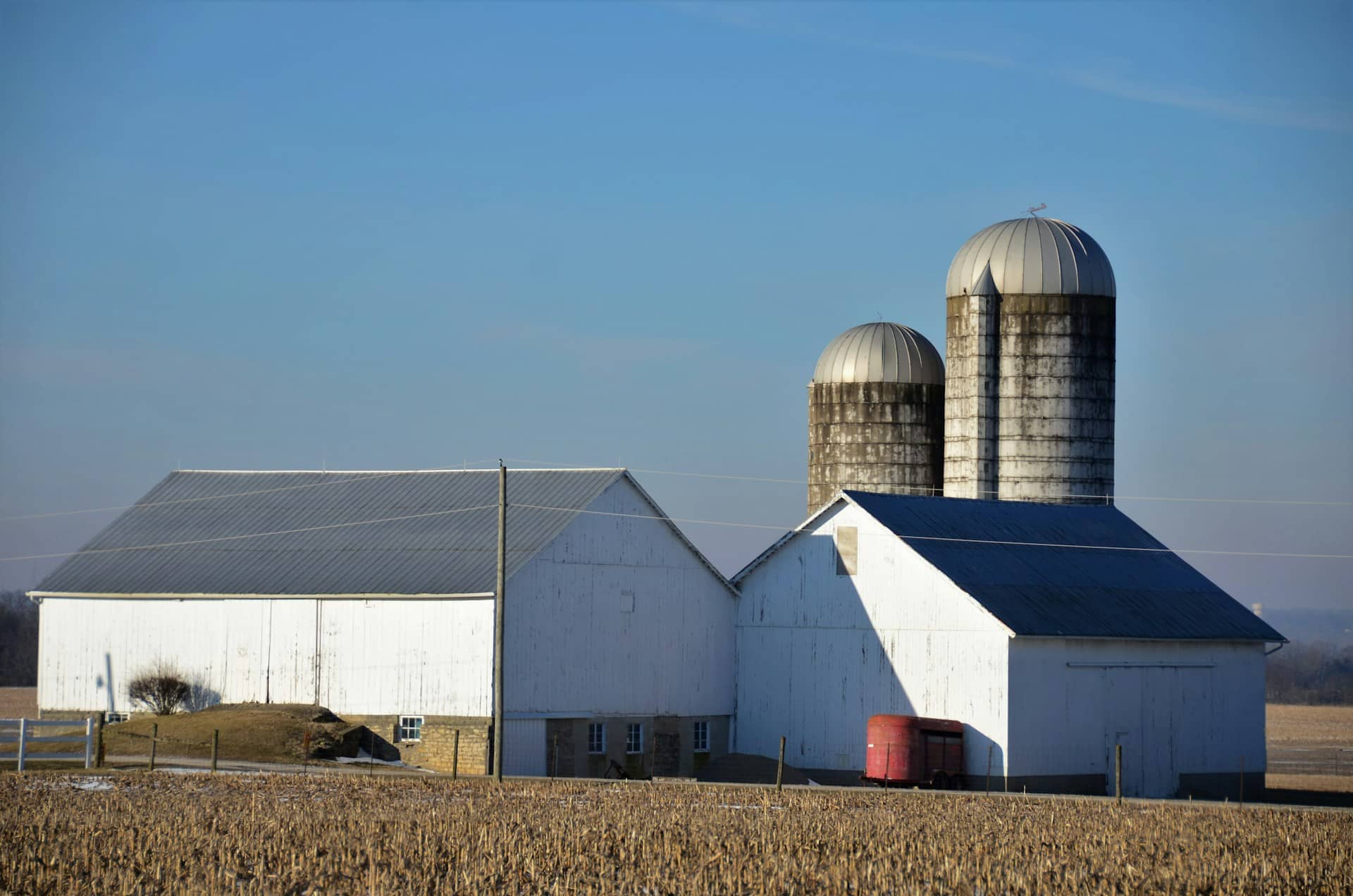Over the weekend, Washington Post columnist Robert McCartney published a piece about the ridiculous proposal to build the Charlottesville Bypass in Virginia. TCS has written time and again that the quarter-billion dollar bridge ($200 million from federal taxpayers) is a boondoggle. McCartney was similarly blunt in his assessment:
“The road is one of the most egregious examples of a pattern in which Gov. Bob McDonnell’s administration relentlessly pushes a major highway project despite abundant evidence that the money could be spent more wisely elsewhere.”
…
“Taxpayers ought to demand they first prove the roads are cost-effective.”
…
“The Charlottesville project, designed to bypass congestion on Route 29 in northern Albemarle County, should certainly be rethought.”
In an analysis, Jim Bacon – a Virginia blogger and himself an avowed bridge opponent – points out McCartney’s piece is unique because it steps out of the Post’s “readership zone” and covers an important story from another part of the state. Lack of coverage of projects in northern Virginia (Dulles Rail, for example) in the downstate part of the state, and similar lack of coverage of downstate projects (U.S. 460, Hampton Roads tunnel) in northern Virginia generally leave taxpayers unable to see the “big picture” of how money is being spent. That’s not good for anybody.
While this column is a great first step toward wider attention to the wasteful Charlottesville Bypass proposal, project opponents would like to see the Post go farther and write a “follow the money” expose to uncover project supporters, how they will benefit if the project is built, and what the real costs will be for taxpayers. Given the skepticism exhibited in Mr. McCartney’s column, we join in hoping the Post will devote the resources to getting to the bottom of why a project with so few public benefits is so high on the McDonnell administration’s priority list.


